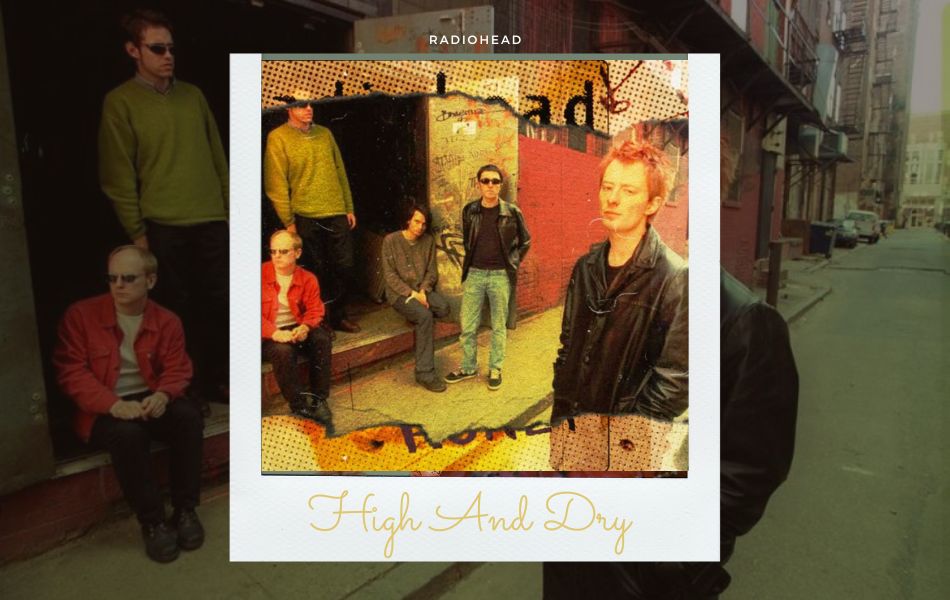Taylor Swift's "All Too Well" has always been a beloved classic, known for its emotional depth and lyrical storytelling. The extended 10 minutes version was released as part of Taylor Swift's re-recorded album. Let's uncover the All Too Well 10 Minute chords that bring this epic narrative to life and explore the heartache.
Mandolin Chords For Beginners Must Know
Track Info
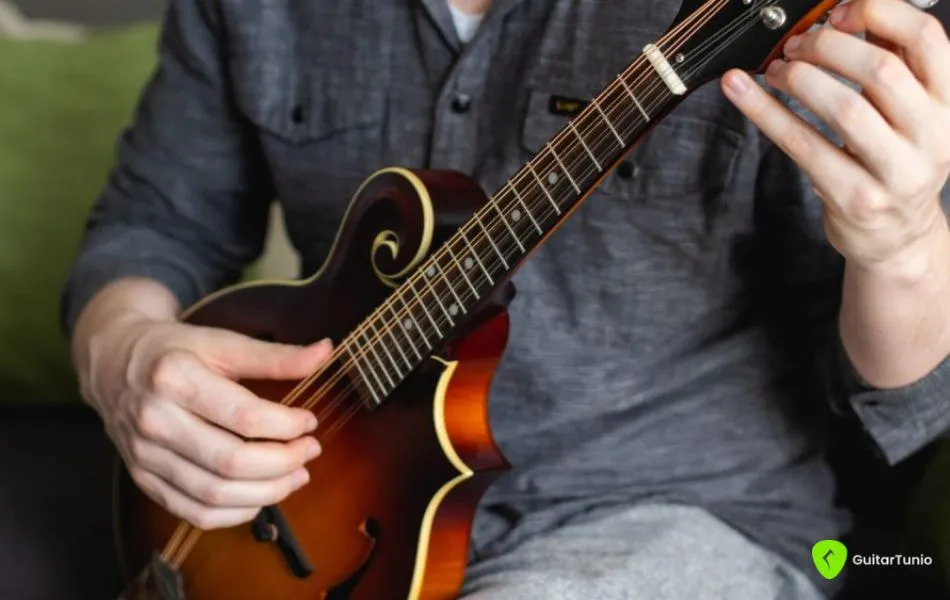
Song:
Artist:
Writers:
Producers:
Album: Updating
Chords Info
Tuning
CapoNo Capo
Chords Used
If you want to excel in mandolin playing, it's crucial to acquaint yourself with mandolin chords for beginners. Continue reading to grasp insights into chord symmetry, including open chords, minor variations, and movable chord forms. A thorough comprehension of chord symmetry and composition is essential for mastering this instrument.
How to understand mandolin chords for beginners
Understanding mandolin chords for a beginner involves grasping basic chord shapes, chord symbols, and how to read chord diagrams. Start with simple chord shapes like C, G, D, A, and E. These are common open chords on the mandolin and provide a foundation for more complex chords.
Familiarize yourself with chord symbols and what they mean. Common symbols include:
- Letter(s): The root note of the chord (e.g., C for a C chord).
- Maj or Maj7: Major chord or major 7th chord.
- m or min: Minor chord.
- 7: Dominant 7th chord.
Chord diagrams are a visual representation of the finger positions on the mandolin fretboard. The diagram consists of horizontal lines representing strings and vertical lines representing frets. Dots or numbers indicate where to place your fingers to form the chord.
Work on transitioning between different chords smoothly. Start with simple chord progressions and gradually incorporate more chords as you become comfortable.
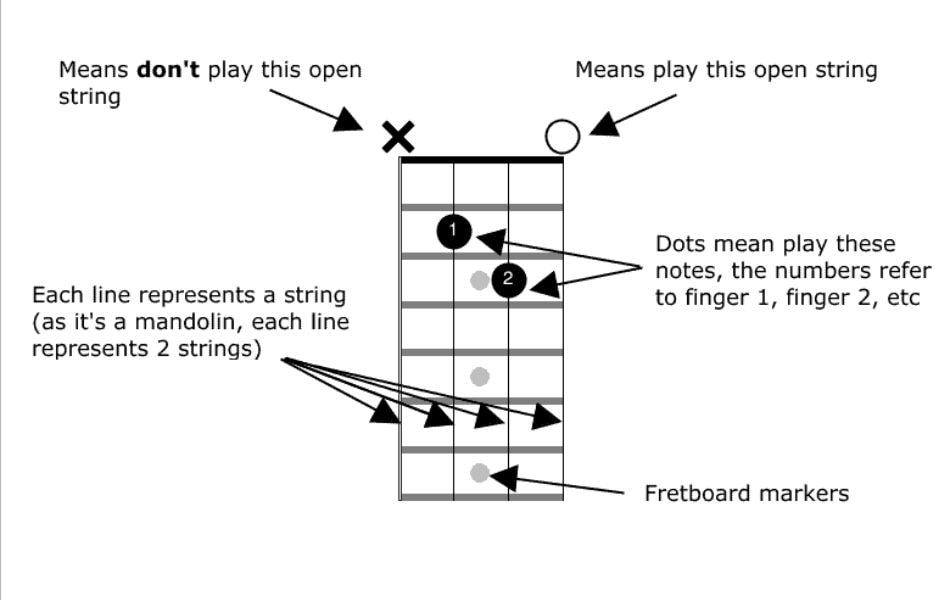
Some basic mandolin chords
Open chord
The open chord on the mandolin is one of the essential chord progressions that any musician should learn. This a one of the mandolin chords for beginners. The structure of the open chords on the mandolin is similar to the structure of open chords on the guitar.
However, because the mandolin has fewer strings and different string spacing, the structure and finger placements for chords will be slightly different from the guitar. Some main open chords on the mandolin have been introduced above, and you can see that they are also similar to some open chords on the guitar.
The basic sound structures remain the same, but the finger placement and strings will be different due to the differences in the mandolin's structure. Here are some common open chords on the mandolin: G Major (G), C Major, D Major (D), A Major (A) and E Major (E).
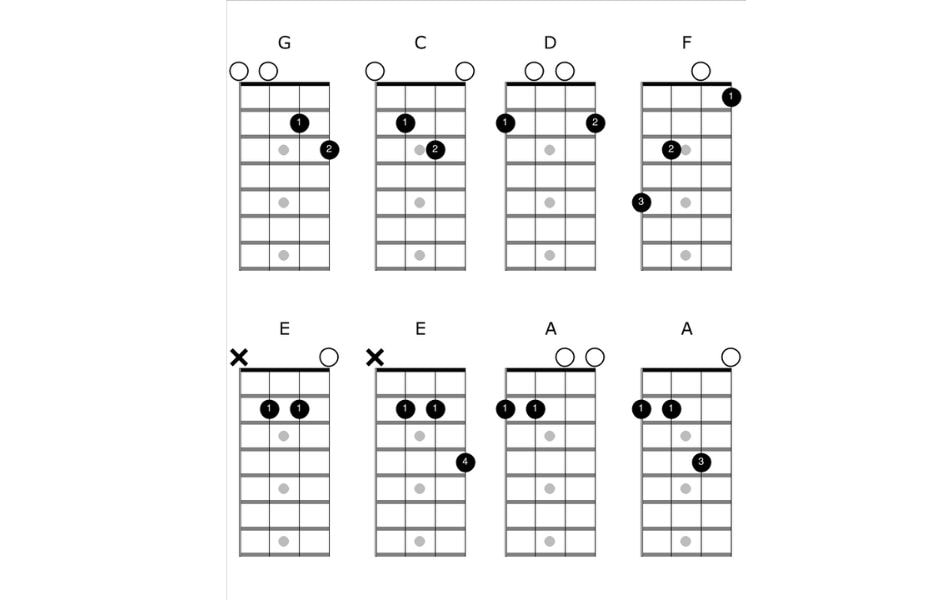
Minor chord
To play minor mandolin chords for beginners, simply adjust the necessary notes from the major chord shapes. In most cases, this involves changing the third note of the major chord to a flatted third (lowering the third note by one semitone).
Begin by playing the G Major chord, and then lower your index finger by one fret. This minor adjustment transforms the chord into G Minor. The same principle applies to the C Major chord—by shifting your finger down one fret, you'll achieve a C Minor sound. For the D Major chord, you only need to slide the note on the 1st string down by one fret to obtain D Minor.
However, with the D Minor chord, it's important to modify your fingering slightly to ensure a smoother transition. Press the G string at the 2nd fret with your second finger, and simultaneously place your index finger on the 1st fret of the E string. This adjustment results in a D Minor chord that feels more comfortable and less awkward to play.
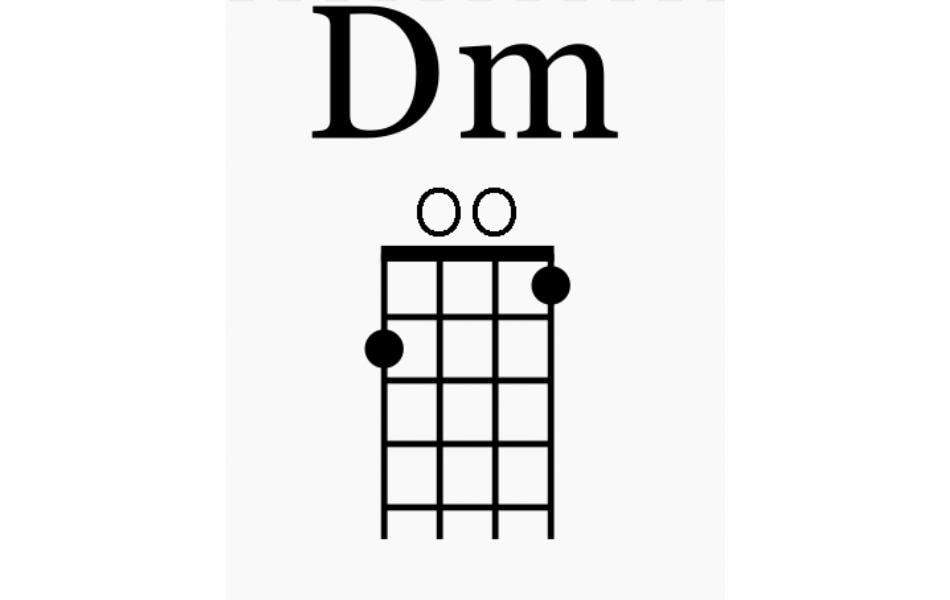
Dominant 7th chord
A dominant 7th chord on the mandolin is a four-note chord that consists of a root, a major third, a perfect fifth, and a minor seventh. The formula for a dominant 7th chord is 1-3-5-b7, where the "b7" signifies a flattened seventh compared to a major 7th chord.
A thorough comprehension of chord symmetry and composition is essential for mastering this instrument. We will commence by exploring primary mandolin chords for beginners. immersing ourselves in the expressive realm of minor chords, and then unlocking the adaptability of movable chord positions








